
aga - 17-4-2018 at 09:01
These experiments were an attempt to make use of a description of an industrial process1 to improve the quality of these
two reagents when made in an amateur setting.
The aim was to produce 100g of K3PO4 and 100g of Na3PO4.
If each can be crystallised as the .12H2O hydrate, that equates to 202g and 232g of crude product respectively.
As mentioned in the reference, a two-step approach is used to eliminate impurities in the phosphoric acid required for the reaction, which is good if
you have low grade green acid, such as mine.
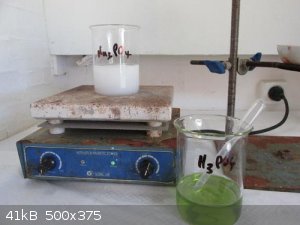
Tripotassium Phosphate
First the acid was partially neutralised using K2CO3 to obtain K2HPO4 and precipitate iron/other
impurities present in the acid.
H3PO4 + K2CO3 => K2HPO4 + H2O + CO2
Stoichiometrically, to achieve a 100g final yield, 65g of K2CO3 is first required to react with 67g of 72w%
H3PO4, representing a 5% acid excess (by weight).
First the K2CO3 was placed into a 250ml beaker, then 100ml distilled water is added along with a stir bar.
The mixture was stirred and the phosphoric acid added dropwise, ensuring that the fizzing did not go out of control.
Heat was generated, although not enough to reach boiling point.
Once all the acid had been added, heat was applied carefully to drive out all of the CO2 produced.
Care must be taken to control the fizzing, or the liquid WILL escape from the beaker !
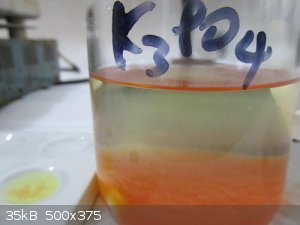
The resulting liquid was filtered directly into a KOH solution made by dissolving 28g of KOH in 100ml of water, which is a 5% KOH excess (by weight).
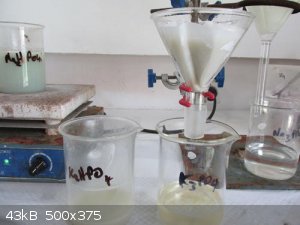
This second reaction substitutes the final hydrogen, creating the desired product:
K2HPO4 + KOH => K3PO4 + H2O
No precipitate/solid contamination was seen, so a second filtering was not done.
The resulting liquid was heated in an evaporating dish to dryness.
This was a mistake, as the material bubbles up and out of the dish near the end, also it sticks to the dish too strongly to remove.
Better to evaporate it down then finish the drying in an oven or dessicator.
A small amount of water was added to enable the mass to be removed from the dish.
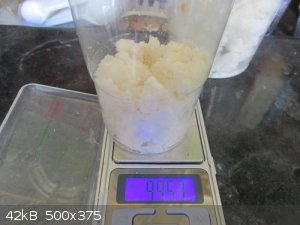
99.5g appears to be an almost perfect yield, however some contamination was introduced when the material bubbled out of the evaporating dish, and i am
not totally convinced that soluble contaminants are not contributing to the weight.
The two-step process did eliminate all of the green colour in the product, which is an improvement over the green product made by simply neutralising
K3PO4 with KOH.
Trisodium Phosphate
The same process was followed as above with the sodium reagents substituted for the potassium ones : 90g of Na2CO3, 121g 72%
H3PO4, 26g NaOH.
The Na2CO3 was obtained by prolonged heating of 142g NaHCO3. Directly using NaHCO3 would have increased
the fizzing a lot.
A major difference with Na3PO4 is that the precipitates from the first reaction are goopy solids.
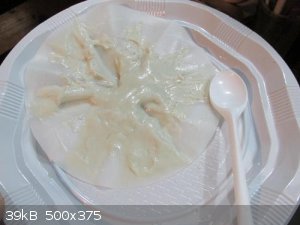
Another difference is that it will readily crystallise, as was seen on filtering. This was fixed by gently heating the funnel with a blowtorch.
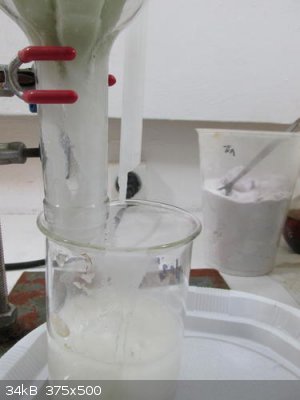
Once filtered, the liquid quickly crystallised, and was put out to dry on paper.
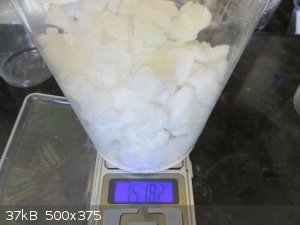
The final yield was 151.82g of probably dodecahydrate product, representing a yield of 65% based on expectation.
These crystals are predominantly white, qualitatively confirming that the two step process described in the paper has a useful advantage when using
highly impure reagents to make either of the phosphates.
1 Attachment: snell1931.pdf (755kB)
This file has been downloaded 209 times
